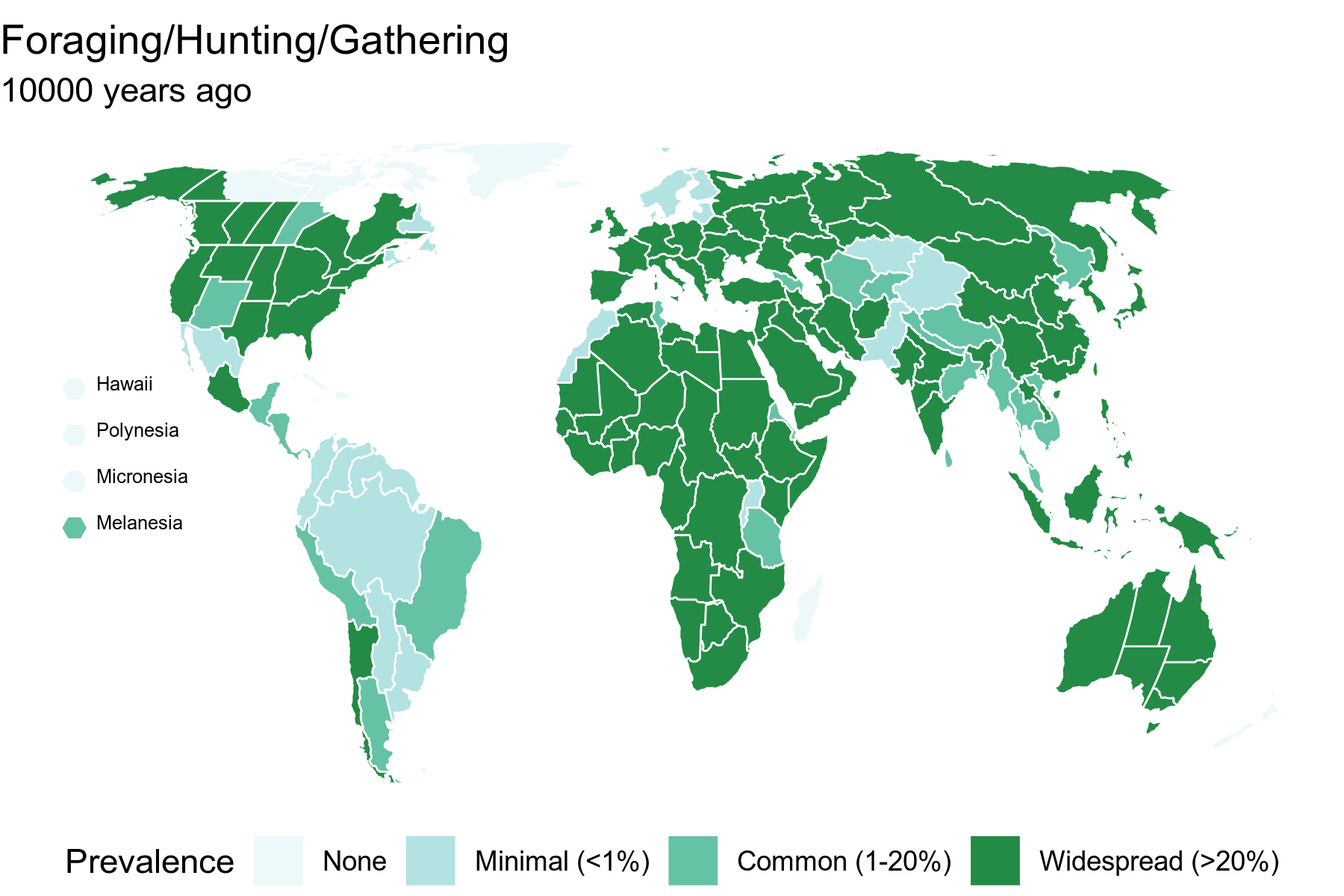August 29, 2019
Ben Marwick, senior data science fellow, is the co-author on new research published in Science using crowdsourced archaeology research. The paper, titled “Archaeological assessment reveals Earth’s early transformation through land use” illustrates that the global impacts on Earth by humans in prehistory go back earlier than previous estimates. The research, “pushes back the onset and spread of major human change to the global environment earlier than previously thought, sometimes by 1,000 years or more.” (1)
Marwick has co-written a companion piece to accompany the paper, which was published in The Conversation and is titled “Surveying archaeologists across the globe reveals deeper and more widespread roots of the human age, the Anthropocene” and The New York Times has also written a piece highlighting the work: “Humans dominated Earth earlier than previously thought.”
GIF courtesy Nicolas Gauthier, a co-author on the paper.
In keeping with the eScience goals of transparency and open science, anyone can run and explore the code and data for this research on Binder.
Learn more in the UW News press release “Crowdsourced archaeology shows how humans have influenced Earth for thousands of years.”
(1) Gorman, J. (2019, Aug. 29) Humans dominated Earth earlier than previously thought. The New York Times.


